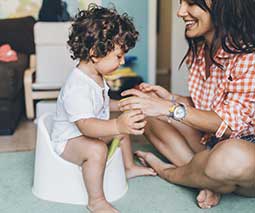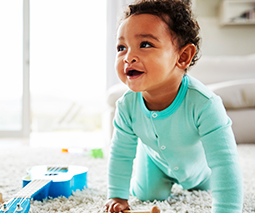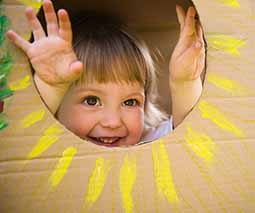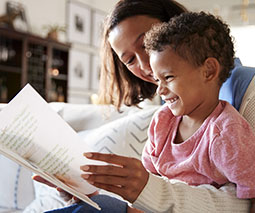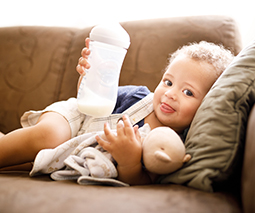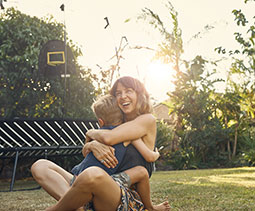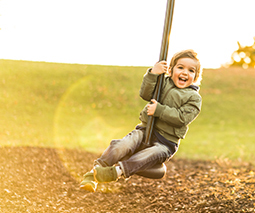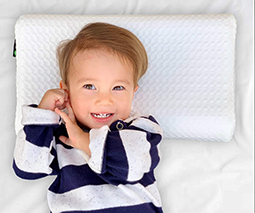Why do toddlers climb on everything and touch everything?
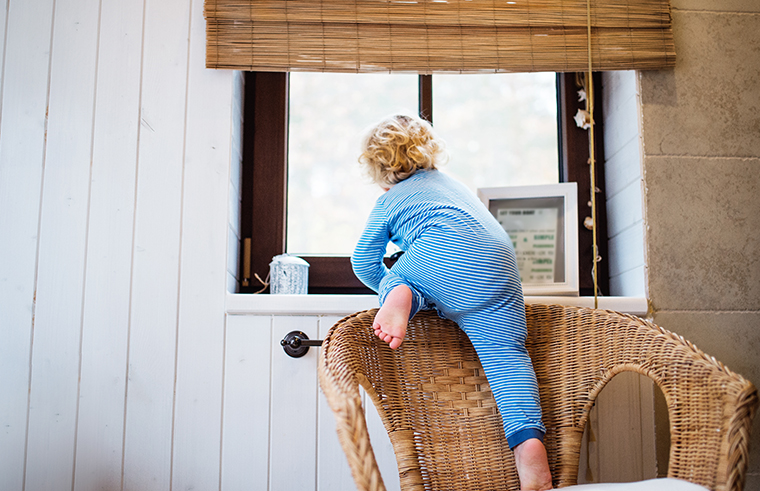
If you have a monkey for a toddler, or a very handsy little two-year-old, then you’ll be pleased to know that these can be promising signs that your child is growing and developing.
Curious and adventurous
This active adventuring is part of a process – or a sense really – called proprioception.
Proprioception is our sense of body awareness. It helps us map our own bodies and teach us where our body parts are and how we can use them to carry out various activities.
Information gleaned from using our muscles, tendons, joints and skin help with this mapping as proprioception sends messages to the brain, helping to get the nervous system effectively organised and getting everything nicely connected.
When we are children, there’s a heck of a lot of mapping that needs to be done as we grow, develop and learn to use our bodies.
“Proprioceptive input helps the child to reach a ‘just right’ state of alertness so they can focus and learn,” experts from Oxford Health explain.
Early learning
This process of proprioception actually begins long before a baby is born, when babies kick and move around their mother’s uterus. These movements are proprioception in action, helping a baby’s brain to begin to understand how various body parts work, how to move them, where they are and how they interact with other parts of the body.
It’s now thought that even a baby’s hiccups in utero play their part in this mapping process.
Once a baby arrives, she continues this process of proprioception in the outside world, mapping her body with every touch and every movement.
Whether she’s sucking on a rattle, smoothing her mum’s skin during a feed or kicking her feet in their stroller, each moment is telling her more about how her body works – both internally and externally – and how it interacts with the world.
Important work
Toddlers continue this important work even more boldly. As their motor skills develop, so does their curiosity. The two combined propel the now much more mobile toddler into their environment where they keep gathering this mapping information, building on their coordination and further boosting their development.
Or as we like to describe it – climbing on and touching every gosh-darned thing!
You can nurture your child’s proprioceptive development by allowing them the freedom to move freely, play and explore in child-safe environments.
Encouraging them to feel confident enough to explore, rather than warning them of danger all the time is essential too.
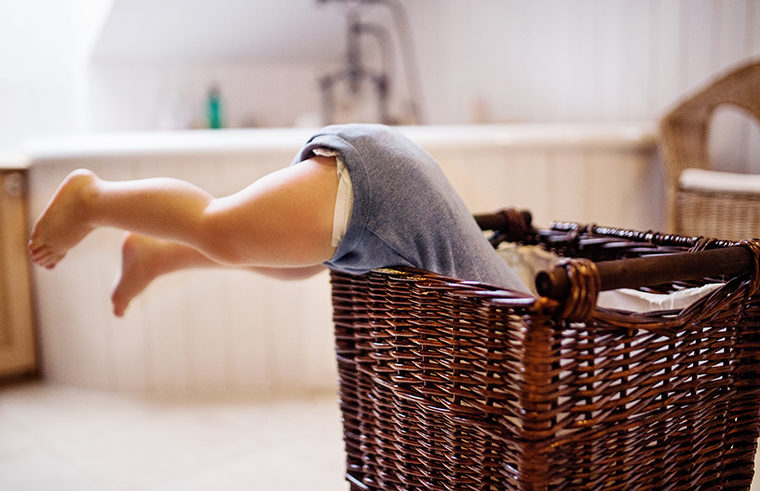
Proprioception in action
Great toddler activities that nurture proprioceptive development include:
Climbing, playing with playdough, crawling, jumping, running, rolling, lifting, blowing bubbles, chewing, sucking through a straw, hugging, stamping, throwing and catching, balancing and kicking a ball.
Sometimes a child’s proprioceptive abilities and exploration may be delayed or different to the spectrum expected for their age. Expert therapy can often help when this is the case.
Children with sensory processing difficulties can especially benefit from this sort of proprioceptive play.
If you are concerned about your child’s development, chat to your GP or paediatrician.
